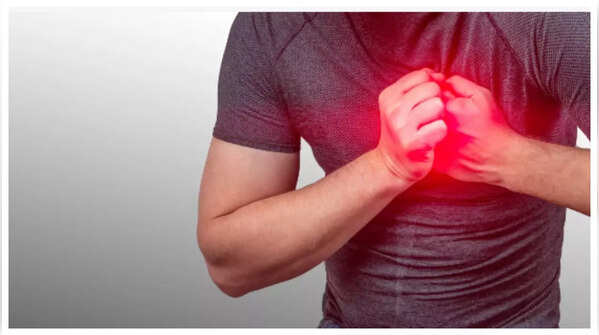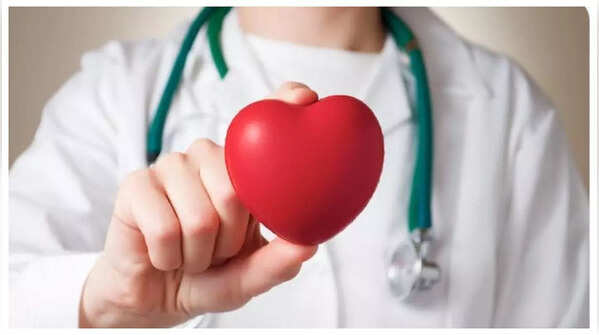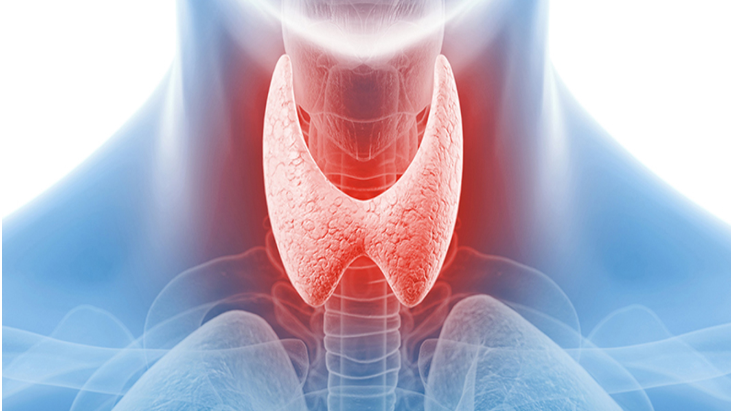
1/6
5 ways a heart attack differs from a gas attack (and how to recognize them)
Any sort of chest pain, especially if it is sudden, can be scary. Our first thought is a heart attack, and the anxiety makes it all the more worse. However, even though any chest pain should be properly evaluated, the good news is that not all chest pains are heart related. If you suffer from gas, heartburn or acidity, you too might feel a sudden, sharp pain in your chest, that might last a few seconds and gets better by walking, burping, farting or just changing position. However, since the pain occurs at such an important area of the body, it is important to monitor it carefully. Here are 5 ways a heart attack differs from a gas attack...

2/6
Location and severity
Heart Attack: The pain usually starts in the center or left side of the chest. It feels like pressure, tightness, squeezing, or heaviness. This pain can spread to other parts of the body such as the left arm, neck, jaw, back, or shoulders. The sensation is often described as crushing or severe. If there is no/minor pain, people still describe it as an "elephant sitting on a chest"
Gas Attack: Gas pain is often sharp, cramp-like, or stabbing. It is usually felt in the upper abdomen or lower chest and tends to be more localized. The pain does not typically spread to other body parts like a heart attack does.

3/6
Duration and Relief
Heart Attack: The pain lasts longer, often more than a few minutes, and does not go away with changes in position or passing gas. It may come and go but usually persists or worsens over time.
Gas Attack: Gas pain is often temporary and can come and go quickly. It usually improves or disappears after burping, passing gas, or having a bowel movement. Changing body position or applying gentle pressure on the stomach may also relieve the pain. You should also feel better if you take a small walk.

4/6
Accompanying Symptoms
Heart Attack: Along with chest pain, a heart attack may cause shortness of breath, cold sweat, dizziness or lightheadedness, nausea, vomiting, and palpitations (irregular heartbeat). These symptoms indicate an urgent issue that requires hospitalization.
Gas Attack: Gas pain is usually accompanied by bloating, excessive burping, flatulence, and a feeling of fullness in the abdomen. It usually does not cause sweating, dizziness, or difficulty breathing, though it might cause anxiety (when people think it is heart related, often mimicking symptoms)

5/6
Triggers and Causes
Heart Attack: A heart attack happens when blood flow to the heart muscle is blocked, often due to a blood clot or narrowed arteries. It can be triggered by physical exertion, emotional stress, or underlying heart conditions. It is a medical emergency.
Gas Attack: Gas pain results from trapped air or gas in the digestive system. It can be caused by swallowing air while eating or drinking, eating certain foods (like carbonated drinks, spicy or fatty foods), acid reflux, or indigestion. It is not life-threatening, though can be extremely uncomfortable.

6/6
Response to Medicines
Heart Attack: The pain does not improve with antacids, digestive remedies, or passing gas. Immediate emergency treatment is necessary to restore blood flow to the heart and prevent damage. Without it, a massive heart attack will inevitably be fatal (though many people suffer a silent heart attack and do not even realise it)
Gas Attack: The pain often improves with antacids, digestive aids, or after passing gas, taking a walk etc. Simple home remedies like warm water, gentle exercise, or avoiding trigger foods can help relieve symptoms.
Disclaimer: This article is informational only and not a substitute for medical advice. Always consult a medical professional if you experience any of these symptoms
Follow Us On Social Media

 4 hours ago
35
4 hours ago
35




























 English (US)
English (US)